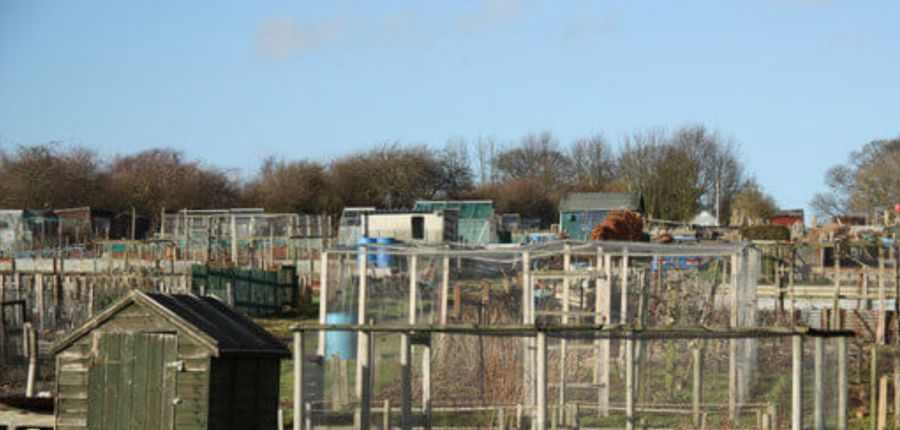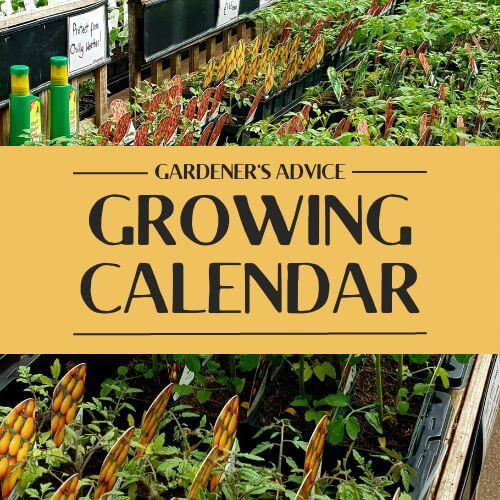The ‘veg patch’ in June
Posted By: rocket veg Category: Growing Veg, Seasonal AdviceJune is a busy time of year for all vegetable gardeners, however large or small the piece of land we manage. The hours of daylight reach their peak later in the month, so more sunshine and less risk of a freak frost. As well as relatively little rainfall in the west of England this year (2019), the wind has helped dry the surface layer of soil, so make sure that any seedlings and developing plants receive a regular watering. Plants are at their most receptive to good soaking early in the morning or late in the day: remember to water wisely, soaking the soil around the base of each plant where it will reach the root system, rather than sprinkling water in all directions.
If you are growing plants in a greenhouse, cold frame or under cloches, remember that the soil will dry out quickly when the sun shines. I find that my greenhouse is now too warm to germinate seeds successfully, so I put seed trays of lettuce in a sheltered spot outside.
A list of jobs for June…
Keep weeds in check
Left to grow, weeds will sap nutrients from the soil, stunting the growth of your precious crops. A Dutch hoe is the perfect tool for attacking weeds growing the spaces between both rows and individual plants and the best time for hoeing is when the sun shines, shrivelling the weed roots as the blade slices off the foliage. As you shuffle the hoe back and forth, you are also breaking up the soil which in turn will enable water to reach the plant roots.
While you weed, thin out seedlings so that the strongest have room to put on growth.
Watch out for pests and diseases
Aphid alert! These tiny pests have a nasty habit of suddenly appearing in large numbers - black fly on broad beans and green fly on fruit bushes – both easily recognised by their colour. Although their natural predator, the ladybird, will make valiant attempts to eat aphids, a spray of diluted washing up liquid, rather than resorting to using chemicals, will usually help reduce the infestation.
Give climbing, clinging and twining plants a helping hand
Runner beans are skilled climbers and usually make a start on their own, but other types of climbing bean may need a bit of encouragement by twisting the delicate stem carefully around the adjacent cane. The traditional way of supporting smaller varieties of peas, mange touts and dwarf beans is with ‘pea sticks’ – thin, twiggy prunings which are stuck into the soil at various angles to provide support for the growing plants. Taller varieties are best grown up mesh or strong netting. Keep an eye open for pigeons which are skilled at stripping the developing pods, so cover the plants with netting if need be.
The best job of all – harvesting your crops!
I’ve been picking my first broad beans this week, lettuces, spring onions and radishes too. I hope to lift the first new potatoes very soon and baby beetroot should be ready at the same time – all perfect for ‘allotment summer teas’ as my wife calls them! It’s only a matter of time before the currants (black, red and white) are ripe and ready to pick and pop into the freezer. My asparagus has been prolific this year but is now running to fern, so I’ve scattered chicken manure pellets over the bed to give the plants a boost. And as for rhubarb…we’re fed up with eating the stuff…too much of a good thing.







